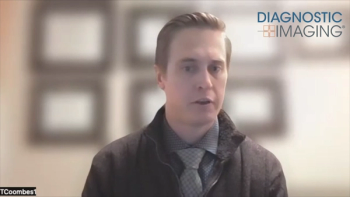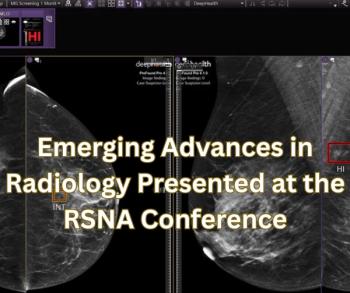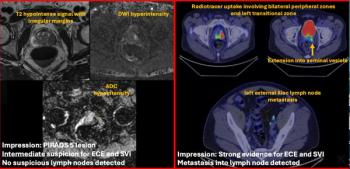
Study Says AI Could Reduce Breast Cancer Screening Workload by Nearly 40 Percent
In a simulated clinical workflow, researchers found the use of an artificial intelligence model significantly decreased the number of exams that required interpretation by a radiologist.
Emerging research suggests that artificial intelligence (AI) may play a key role in reducing the breast cancer screening workload for radiologists.
In a
“We envision that implementation of this type of model within the clinic could affect three different levels: for radiologists, by reducing both workload and fatigue arising from routine clinical tasks; for health systems, by improving workflow and facilitating further introduction of DBT, especially where there is a shortage of breast radiologists; and for women, by reducing unnecessary recalls, stress, and exposure to radiation,” wrote Lisa A. Mullen, M.D., a breast imaging fellowship director and an assistant professor of radiology and radiological science at the Johns Hopkins University School of Medicine, and colleagues.
Researchers described the AI model as a mixture of 45 deep learning classifiers that processed the DBT views and five machine learning classifiers that processed clinical information. According to the study, researchers deemed a DBT exam positive or negative for cancer if there were corresponding biopsy findings within 12 months after the DBT exam.
In an
“It seems logical that many of these (normal screening exams) could be safely eliminated by an AI system, alleviating a large burden of screening volume,” wrote Dr. Philpotts.
Acknowledging the shortcomings of a modeling study, Dr. Philpotts emphasized that prospective studies are necessary to assess the merits of AI in breast cancer screening are essential prior to widespread use in clinical settings.
The study authors concurred, maintaining that future studies need to demonstrate “substantial evidence” prior to “trusting AI” with a role in breast cancer screening. They noted limitations to the study, including obtaining study data with devices from one manufacturer, and excluding patients with foreign bodies, such as implants, as well as women with a history of breast cancer.
Newsletter
Stay at the forefront of radiology with the Diagnostic Imaging newsletter, delivering the latest news, clinical insights, and imaging advancements for today’s radiologists.




























